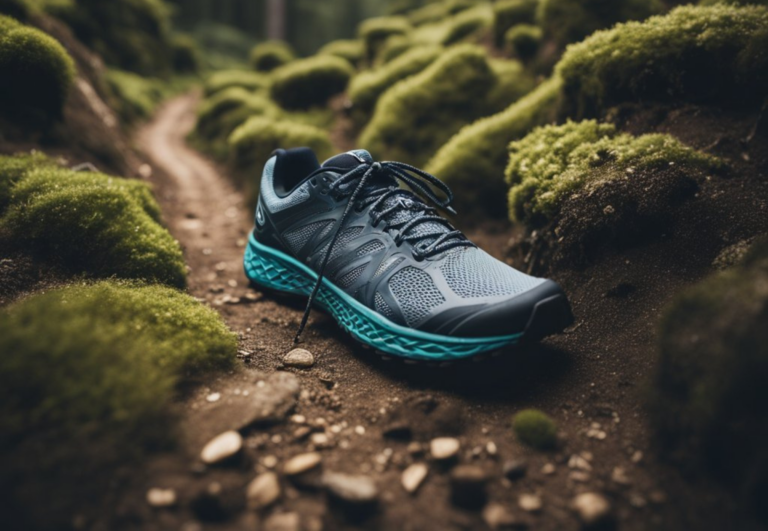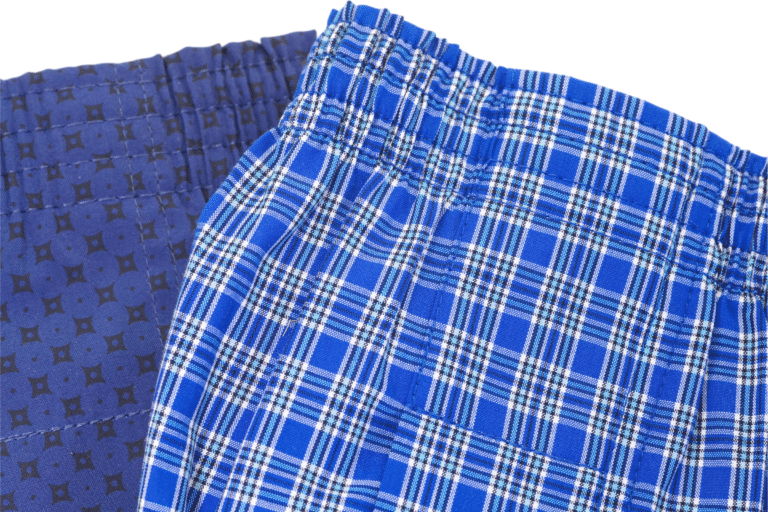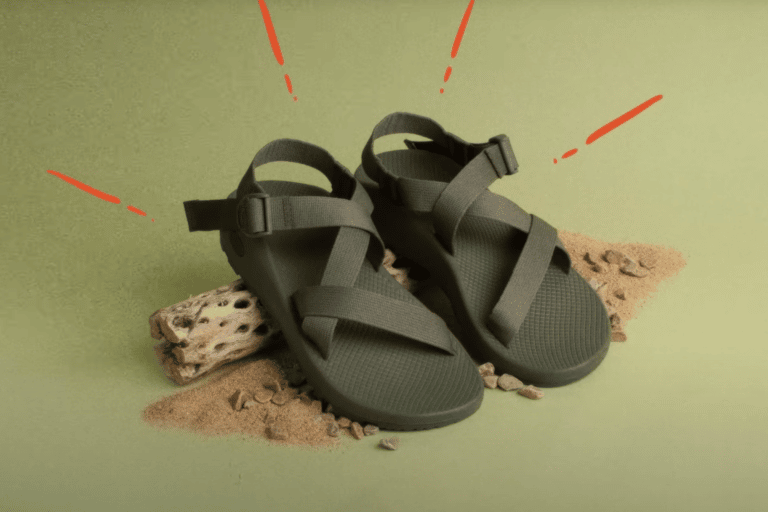Can You Run in Hiking Boots? (Based on 7 Important Criteria)
Hiking boots are sturdier and have greater traction than regular shoes, so you might think they’re ideal for running. However, that’s not entirely true.
You can run in hiking boots for smaller distances, but wearing them for long runs may lead to injury, fatigue, and blisters. Instead, try trail-running-specific shoes or even a hardy pair of cross-country racers if you are running in more unpredictable terrain. Hiking boots are better suited for trekking and not running.
Read on to find out what kind of activities hiking boots are best suited for, as well as a breakdown of the differences in design between hiking boots and running shoes.
Is it okay to run in hiking boots?
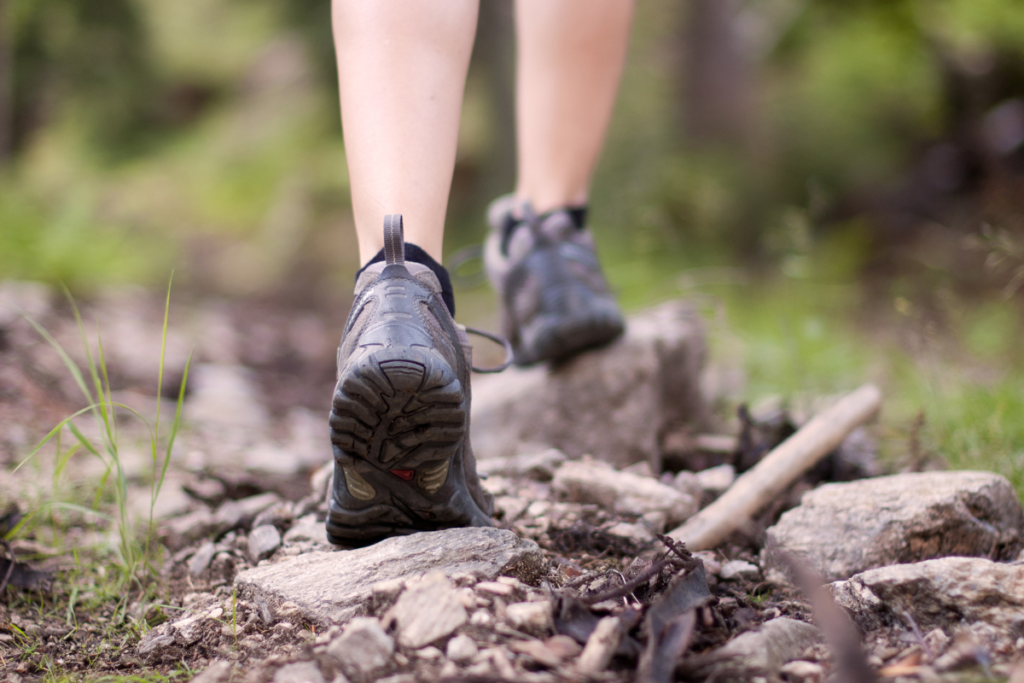
Whether on pavement or rough terrain, you want to ensure you have the proper footwear wherever you run.
It would be acceptable to run in hiking boots for short distances in a pinch, but wearing them intentionally for long runs is not a good idea. Hiking boots are heavier, bulkier, and don’t conform to the foot like a quality pair of running shoes.
Several circumstances may require you to run in hiking boots. Still, if you can choose different, more suitable footwear, you should undoubtedly seize the opportunity.
Of course, if you’re searching for this answer while being chased by a bear, do what’s practical and make it work!
Differences between hiking boots and running shoes
There are differences and similarities between hiking boots and running shoes in design, features, and pricing. Check out the list below to find exactly what hiking boots are made for compared to running shoes and why using them on long runs might not be a good idea.
Weight
Hiking boots are typically much heavier than running shoes. On average, a pair of running shoes weighs a total of 1.75 lbs. By contrast, the average pair of hiking boots comes in at approximately 3.75 lbs, amounting to an extra pound for each step.
Design and ergonomics
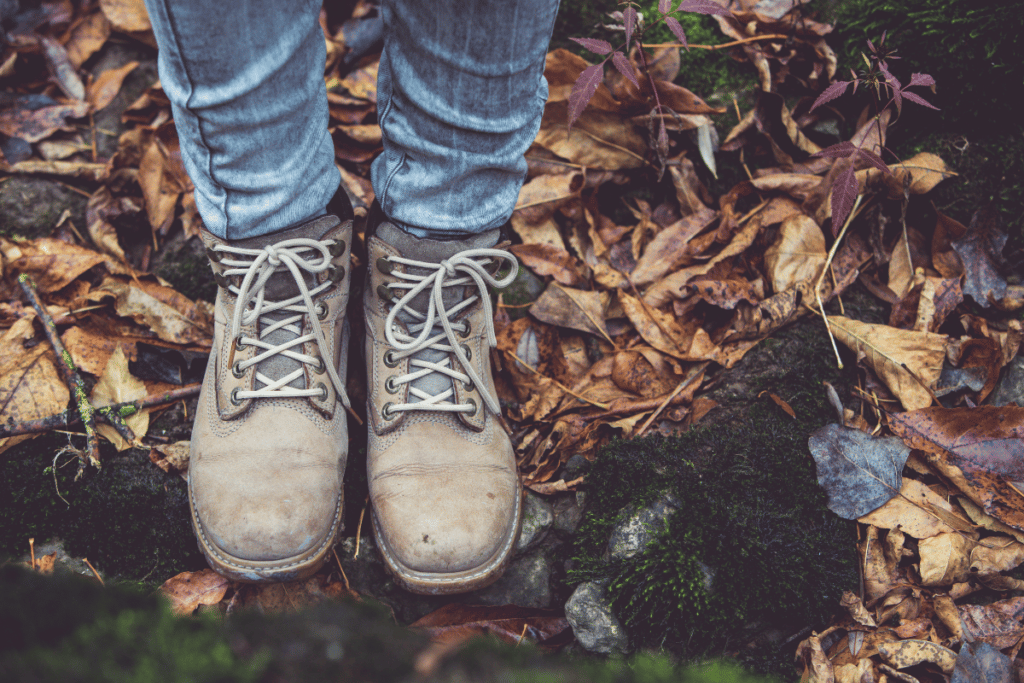
Hiking boots are made for trekking with mountain terrain in mind. This will lead to specific design features such as hardier material, thicker soles, water resistance, ankle support, etc.
This differs substantially from most running shoes, which will have been made with a more urban or suburban setting in mind. They are likely designed with lighter materials, moisture-wicking fabrics, and no ankle support.
Support and cushioning
Hiking boots often come as high-top shoes. This is to provide more ankle support when walking on uneven terrain. Running shoes do not usually account for this type of context and will almost exclusively be made as low-cut sneakers.
Both sets of shoes, however, will be made with large, cushioned soles to provide durability and arch support when exposed to constant pounding. But with running shoes, the soles will likely provide more give than the more rigid ones that come with most pairs of hiking boots.
Materials
Both hiking boots and running shoes will account for water. Still, hiking boots will focus on providing water resistance from outside water sources such as streams and rivers, while running shoes will be focused on transporting sweat out of the shoe by using moisture-wicking fabrics.
The upper portions of hiking boots are usually made of either synthetic leather or full-grain leather for a hardier boot. However, they can also be made with split-grain leather, which is usually woven with nylon mesh to create a lighter boot style.
Some hiking boots are even made from waterproof membranes like Gore-Tex®. The midsoles are made from either EVQ or polyurethane, and the outsoles are commonly made of rubber. Sometimes additives such as carbon are added to the outsoles to increase durability.
On the other hand, running shoes are made entirely out of nylon or polyester mesh, allowing for improved airflow and moisture-wicking.
Durability and protection
Running shoes and hiking boots both need to provide some form of durability. However, due to the materials used, hiking boots should offer more durability for their specific task than running shoes.
Most consistent runners will need to replace their shoes every 6-12 months while hiking boots (unless you’re attempting to traverse a distance such as the Appalachian Trail) should last a couple of years.
Overall performance
Each shoe category will have quality and not-so-quality brands, but if you choose the right brand, you should be able to expect a reasonably high level of performance. If you attempt to use hiking boots as running shoes over a long period, however, you should expect them to wear out much more quickly than they would otherwise.
Cost
The costs of purchasing a quality brand for each shoe category are surprisingly similar. For example, a pair of top-end men’s Salomon hiking boots will run at about $230, with the middle-of-the-road models coming in at around $165.
On the other hand, a pair of Hoka Clifton 8 running shoes will set you back $135, with the more economical Hoka Mach 4’s coming in at $155.
The cost for each depends on the amount of money you are willing to spend and the level of quality you require. Remember that you need more support when it comes to protecting your feet in the sport of running or trekking. A proper shoe is the most essential piece of equipment you can invest in for either sport.
What kind of activities do hiking boots handle best?
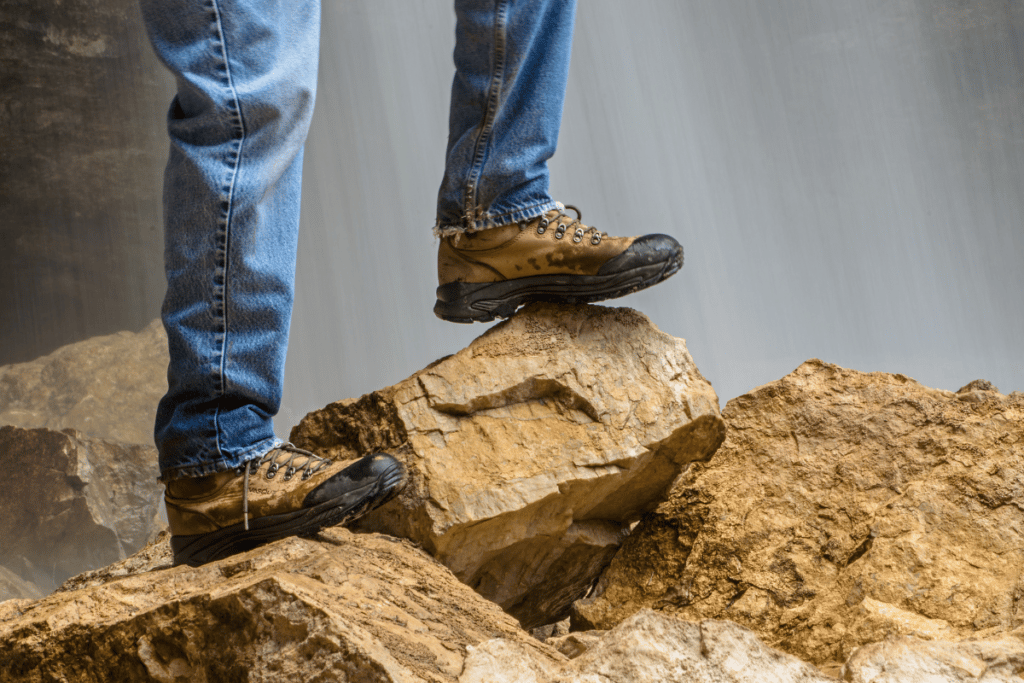
Obviously, hiking boots are made for hiking. In fact, a good pair of hiking boots should provide years of durability for day hikers and campers. Quality boots can make all the difference in a hiker’s stamina over a long backpacking trip.
In addition, hiking boots could serve as work boots for laborers on a construction site. They might also work for military members or service workers who find themselves on their feet all day.
Running, however, is not a task that one should expect hiking boots to handle consistently. Depending on the circumstances, you will want to find another type of shoe to avoid injury and discomfort.



